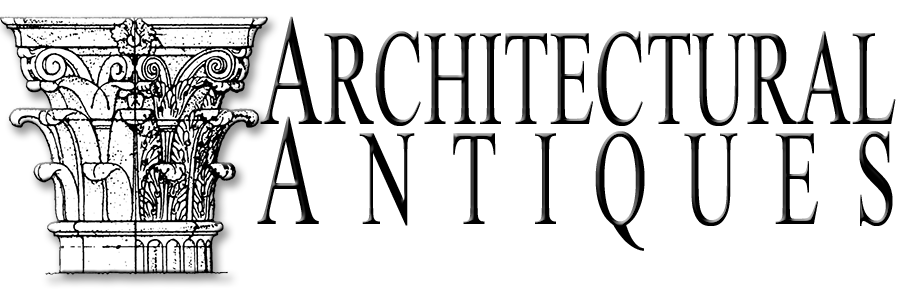revolving door
Check out our newly #reconstructed revolving door. We're all pretty excited about it! #architecturalsalvage #wickedbad #antiquesmaketheworldgoround
Posted by Architectural Antiques on Wednesday, February 4, 2015
We loved pushing through them as kids, and now we recognize them as grand entryways to skyscrapers, luxury hotels, and fancy downtown department stores. Invented in 1888 by Philadelphia native Theophilus van Kannel, revolving doors have been a popular commercial entrance choice ever since.
Contrary to belief, the revolving door was not invented to keep horses from entering buildings, but to benefit interior environments in ways that the basic hinged door can’t. Serving as an airlock, revolving doors help to keep cold air out and warm air in, which helps to keep heating costs down. They also help with soundproofing a building’s lobby by keeping out street commotion and removing the noise caused by slamming doors. Not only that, but they improve safety by reducing the potential of pedestrian collision. It’s no surprise that Theophilus van Kannel was awarded a 1889 John Scott Medal by the city of Philadelphia for his smart contribution to society.





